A woman decided to try making sourdough using vaginal yeast after noticing that she had thrush.
The "little home baking project", as Zoe Stavri called it in her blog post, started on Saturday morning when she noticed the "itchy, burny" symptoms of a vaginal yeast infection.
"I giggled to myself 'maybe I could make bread with that'," she wrote. "And that ticked into, 'well, I've always wanted to try making my own sourdough anyway."
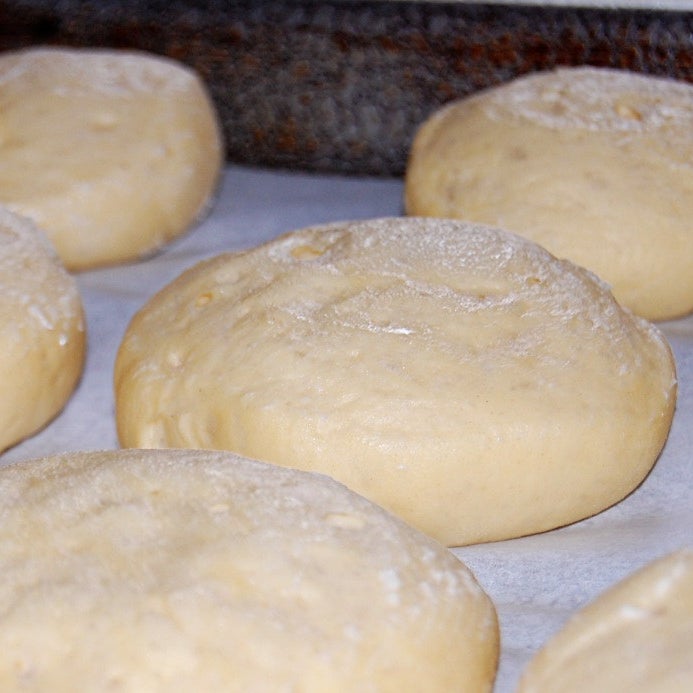
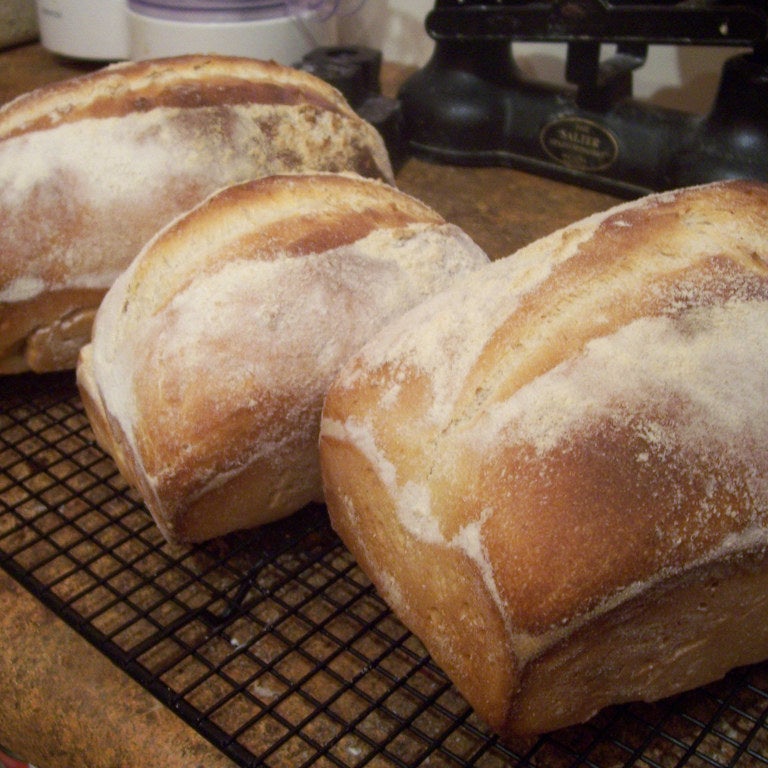
Zoe Stavri, who has been live-tweeting the progress, told BuzzFeed News in an email that this is the the first time she's baked bread, let alone sourdough.
"It's looking good so far: just like regular sourdough," she said. "It should be ready to bake with in the next day or two, and yes, I intend to eat it if it comes out with no obvious signs of DO NOT EAT THIS."
I'M FUCKING DOING IT #cuntsourdough
BuzzFeed News spoke to Dr Ian Roberts, curator of the National Collection of Yeast Cultures at the Institute of Food Research, about the project.
He said that in over 30 years of working with yeasts this is the first time he's heard of anyone baking sourdough using yeast from their vagina. However, in theory "it is not impossible" to do.
"Sourdough cultures are generally made using microbes that fall in from the surrounding environment," he said, "but there are many different species and strains of yeasts, not all of which can be used to make bread, and some of which cause diseases."
He said the yeasts we would normally use for baking, Saccharomyces cerevisiae, are not likely to be found in our body's cavities.
"It is very unlikely that baking yeast will be included in samples from an individual, while there is a much greater probability that disease-causing yeasts will be," he said.
"However, the baking yeast species, Saccharomyces cerevisiae, has been isolated both from sourdough and from human sources so to this extent [baking sourdough with vaginal yeast] is not impossible."
[Food] day 4 of #cuntsourdough, fed and moved to a bigger bowl
To those who might be inspired to try baking with vaginal yeasts, Dr Roberts simply advises "don't", as it could cause oral thrush or infections, especially in people with weak immune systems.
"There is clear potential to cause oral thrush, at the very least, and even worse infections, especially in immunocompromised individuals," he said.
This is not the first time vaginal flora has been used in cooking. Lactobacillus, a "friendly" bacteria found inside vaginas, has also been used to make yogurt.
The experiment was carried out earlier this year by Cecilia Westbrook, an MD/PhD student at the University of Wisconsin, Madison.
Westbrook said the first first batch of yogurt tasted "sour, tangy, and almost tingly on the tongue", and the second batch tasted "even more tart, like slightly-spoiled milk", Motherboard reported.
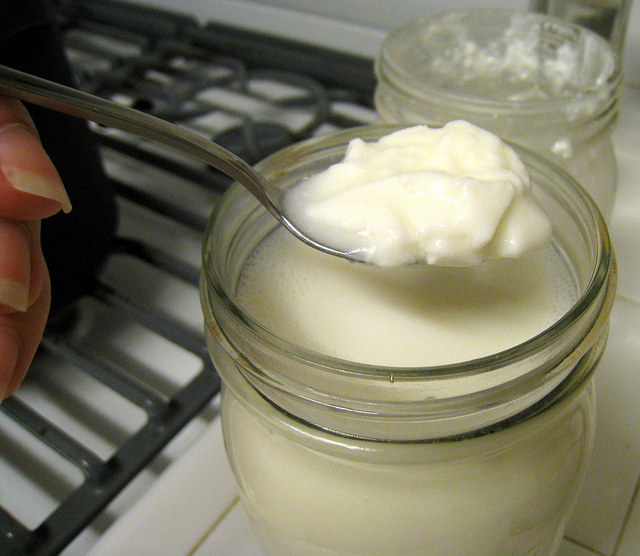
During a collaboration project in 2013 artist Sissel Tolaas and biologist Christina Agapakis challenged themselves to make cheese using microbes from human toes, armpits, belly-buttons, and tongues.
"When you look at the microbes that make body odours you find many species that are quite similar to the species that make cheese odour, hence the many delicious kinds of cheese that smell like feet and locker rooms," Agapakis told BuzzFeed News.
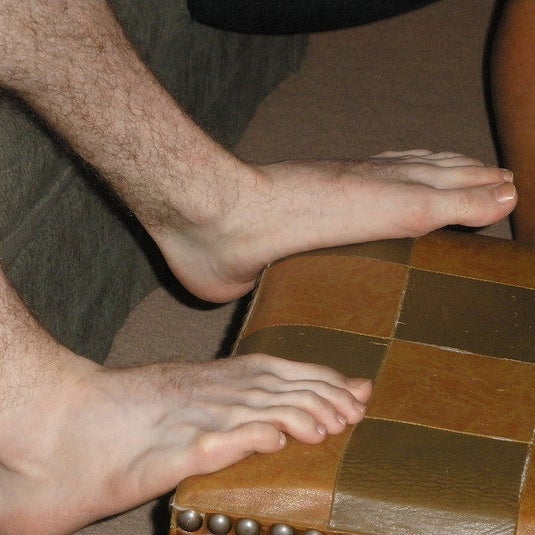
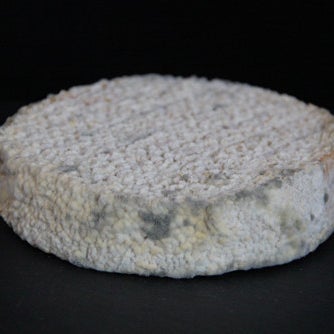
Here's some cheese made from microbiologist Ben Wolfe's toe microbes.
"The bacteria on our skin and in our bodies are doing very similar biochemical things as the bacteria in our fermented foods," she said.
"However," she added, "the flavours may not be as good when we use bacteria and yeasts from our bodies because they are not as specialised for food processing."


Cheese made from microbes from cheesemaker Seana Doughty's mouth.
Although it would be "perfectly fine to eat foods made this way, it is important to be careful because you could potentially pick up a bacteria from skin that can make you sick, especially if you have a compromised immune system," she said.
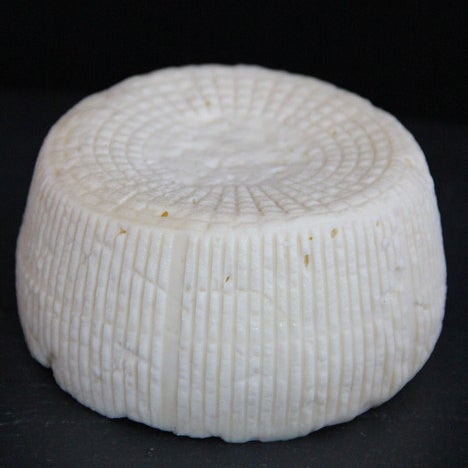

Here's some more cheese made from food writer Michael Pollan's belly-button bacteria.
The idea of cooking using microbes from our body cavities is still an uncomfortable thought, though it's something society is slowly becoming more comfortable with, Agapakis believes.
"It's always interesting to see what the response is to these different projects; what it shows more than anything is that our ideas about food and cleanliness are incredibly powerful cultural forces," she said.
"We are slowly getting more comfortable with the idea that our bodies are microbial, and the fermented food trend shows that [we] can be quite enthusiastic about microbes in our food, but crossing the boundary between the two still seems wrong."
Anyone hungry?
"@stavvers: I'm making #cuntsourdough with my vaginal yeast https://t.co/Xxt8dCT3xz"
